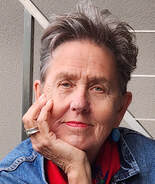The Grim Reaper visited a male friend of mine the other day. Mr Reaper called by very unexpectedly at four a.m. and stayed just long enough to drop an anvil onto my friend’s chest before slipping silently away into the early morning darkness.
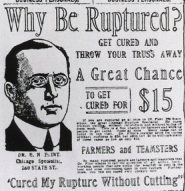
Not entirely coincidentally, I have been reading an arcane piece of literature called “Touching on Deaths” I uncovered at the Founders Book Fair. It’s a medical history of early Auckland based on the first 384 inquests held in the city. Its author, New Zealand doctor turned historian, Laurie Gluckman, spent ten years transcribing reports - hand-written in spidery pen and ink - of all the inquests held between 1841 and 1864.
Bishop Selwyn who also practised medicine, liked to prescribe a concoction of 1/2 a pound of chocolate, 1/2 a pound of sugar and 2 pounds of flour boiled into a paste with water. Although this sounds more like a recipe for Mars Bars than a medicine, the Bishop recommended it as a “nourishment and protective” for those “compelled to sleep outside in the damp”. Of course, sleeping inside - even in a hospital - did not guarantee protection from the damp. Reporting on the newly-built 50-bed Colonial Hospital, the Colonial Surgeon complained about the leaky roof, pointing out with masterful understatement, that “the wind and rain did not help the patients with lung diseases”.
The Lunatic Asylum was at least waterproof and managed in a surprisingly humanitarian way although its water supply was “an abomination not fit for washing floors”. Inmates were bribed with tobacco to tend the 15-acre garden and encouraged to play the pianoforte because it was “pre-eminently tranquilising and pleasurable to the diseased mind”. Queen’s birthday was celebrated with dancing and magic lantern shows.
Medical knowledge and treatment has advanced since colonial times but the varieties and causes of human suffering have not. Crime was rampant and fuelled by alcohol, just as it is today. Of 857 convictions by the Resident Magistrate in 1847, 529 were for drunkenness, and one in six of Auckland’s population had been convicted of a crime.
Women and children were the victims of domestic violence including 3-year old Norah, whose intoxicated step-father beat her mother “insensible”, then broke the child’s skull “into small fragments with a blunt instrument”. Children were being “born alive but dying soon after, from neglect and want of proper assistance”.
Other children died tragically in accidents like 3-year-old Anne whose “clothes caught fire on a windy and boisterous day”, 11-year-old Emily who drowned in a well while plucking flowers at its edge and 9-year-old Thomas who received a fatal kick while retrieving his ball from under the feet of a horse.
Many people met their deaths through ignorance, carelessness, or unsafe public places and work environments - the decks and masts of ships, logging camps, quarries, unfenced cliff tops, over-turned carts, and house fires. Poor and over-crowded housing contributed to disease and ill-health.
There were long waits for hospital beds and a high incidence of suicide which one doctor attributed to the unusually “romantic and unsettled disposition” of the immigrant rather the rigours of life in the Antipodes.
Ten days after his heart attack, my friend is alive, and would be kicking too, except for strict instructions from his doctor not to exert himself for a fortnight. Judging by conversations my friend has since had with male friends and colleagues, a heart attack at 65 is almost a rite of passage for the modern man. Passing through the valley of death via angioplasty, they report feeling better than they have in years.
There’s only one serious health risk which we do not share with our colonial antecedents: exposure to potentially heart-stopping feats of athleticism beamed into our living-rooms from Brazil during the Football World Cup.
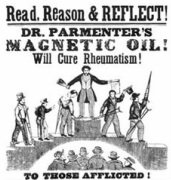
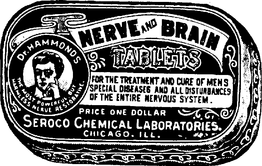
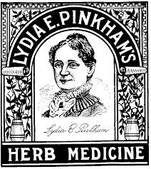
 RSS Feed
RSS Feed
